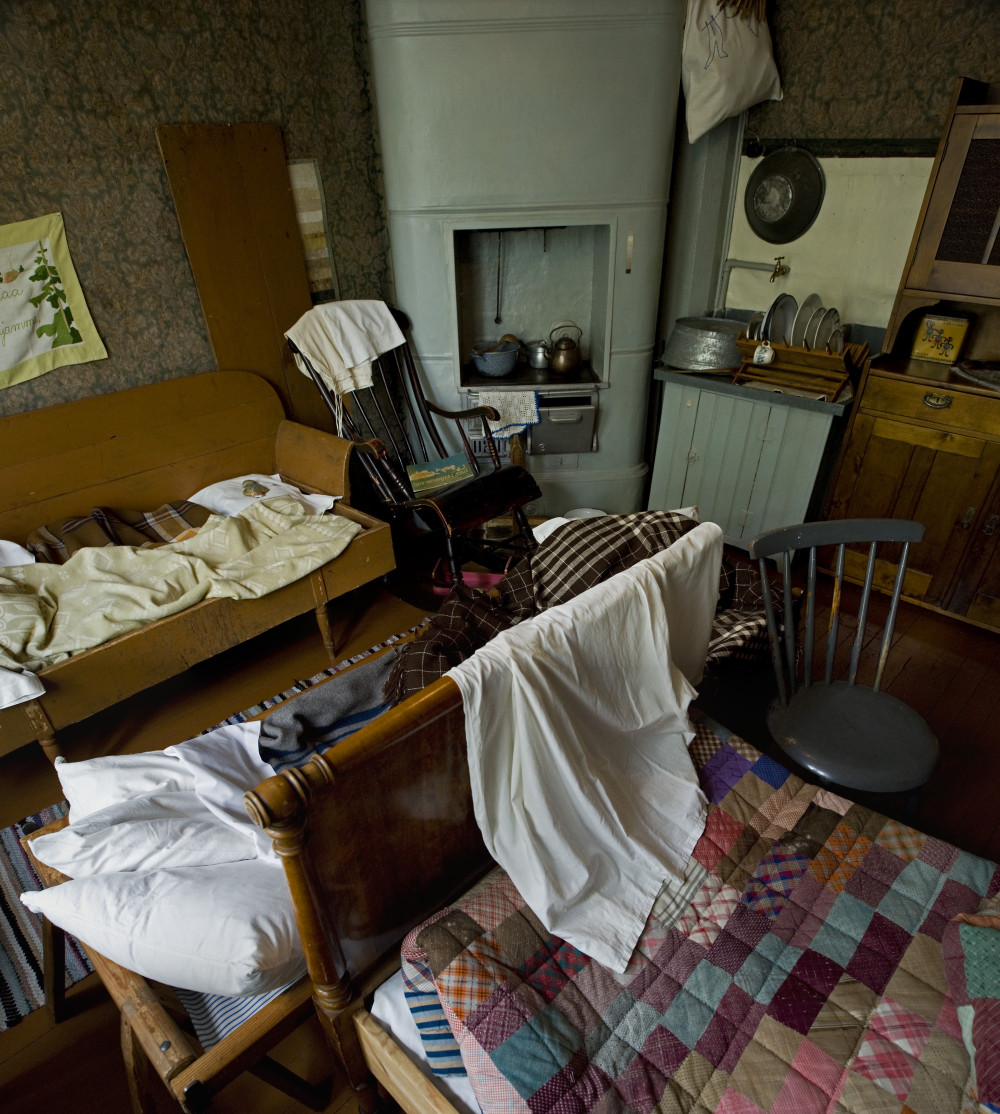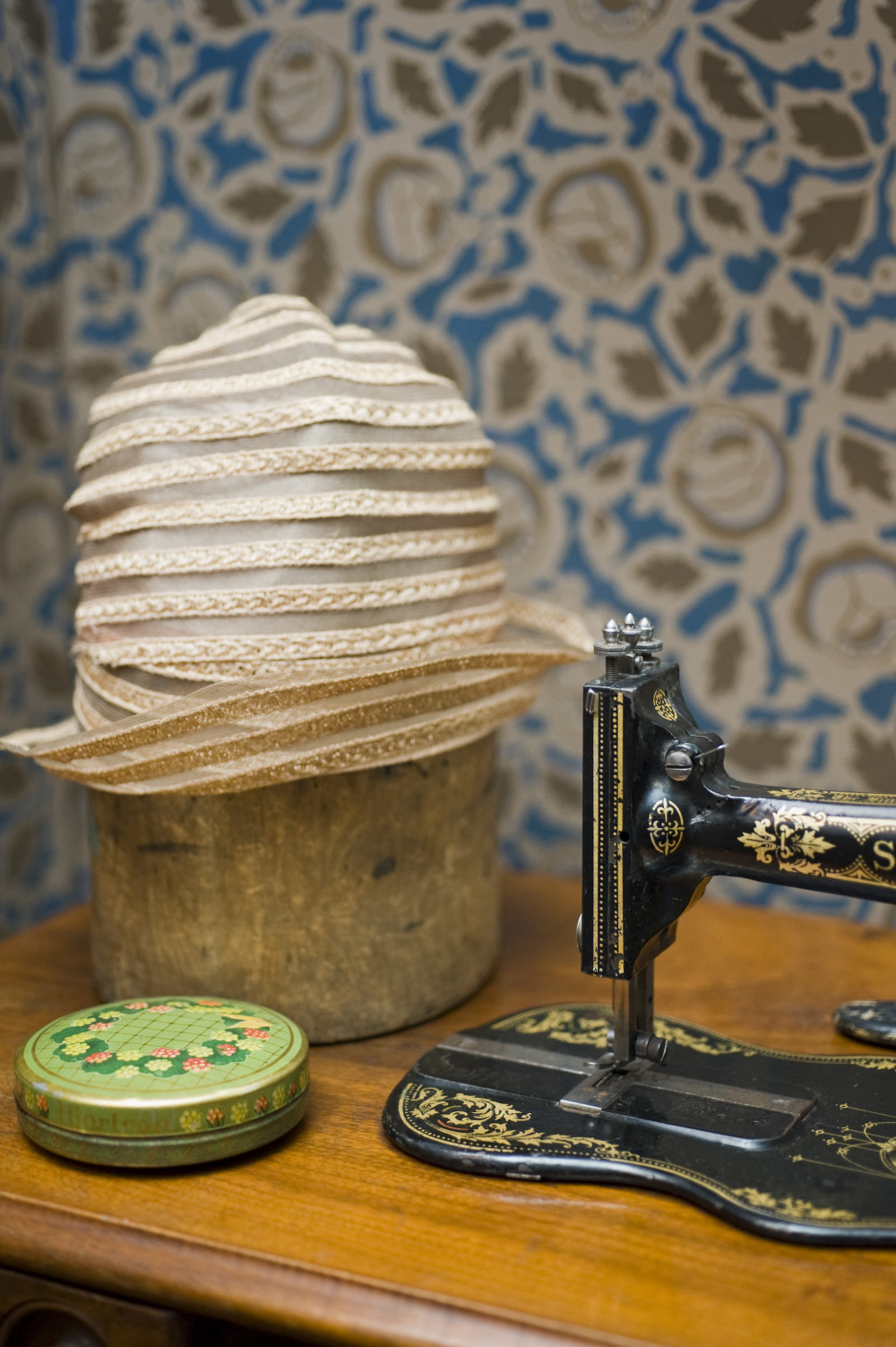Worker’s Museum
Kirstinkuja 4 • 14 Aug – 2 Nov 2025 • Free entry
The Worker Housing Museum is now called the Workers' Museum! The building underwent a major renovation in 2024–2025, during which storytelling elements and immersive soundscapes were added to the exhibition rooms. Working-class professions are now more prominently featured, and visitors can explore the joys and sorrows of residents from the 1910s through to the 1980s.
The Worker’s Museum, located in Alppila next to the Linnanmäki amusement park, is one of the oldest wooden houses built for the workers of the City of Helsinki. Nine small one-room flats with stoves are furnished to represent homes from different time periods.
Wood-burning stoves, washstands, and pull-out beds tell the story of working-class family life throughout the 20th century. The gradual appearance of gramophones, metal-framed beds, and electric lamps reflects the changes in the lives of residents across the decades. The museum rooms also offer insights into social phenomena that affected the working class and life outside the home.
The Workers’ Museum is open during the summer season from Wednesday to Sunday. Free public guided tours are regularly offered in Finnish, Swedish, and English. Museum visits begin at the information desk in stairwell A, which also houses the museum shop, offering nostalgic products that not only make great gifts, but are also attractive additions to your own home. The museum is not wheelchair accessible.
Your visit to the Worker’s Museum begin the info desk located in Stairwell A. Museum Staff will lend you an access badge that allows you to enter the exhitibiton rooms. In the rooms, you can listen to an audio guide using your own smart device. Group visits of more than ten people must be booked in advance. Book your visit by emailing hkm.peda(at)hel.fi or by calling the Workers’ Museum at +358 9 3107 1548.
Nine stove rooms have been decorated as homes from different periods.
Workers’ housing is a rare memory in the densely populated workers’ district which came to stand on the other side of the Pitkäsilta Bridge at the turn of the 20th century. The City of Helsinki had quality housing built in the street then known as Kristiinankatu to improve the conditions of its employees.
The apartments were rented to workers who had been serving the city for a long time, with special emphasis on those with a large family. The rent was high but the inhabitants were satisfied.
Starting from the 1950s, wooden houses quickly disappeared from Kallio, and also the workers’ houses in Kirstinkatu were tagged for demolition in 1966. The houses were allowed to get in a bad condition, and the lifestyle in them became restless.
The buildings weren’t conserved until 1986. Three of them were renovated into modern apartments, and one was turned into the Worker’s Museum Museum by the City Museum. The well-preserved museum house was repaired, keeping as much of the old as possible. Nine stove rooms were decorated as homes of people who had been living in the building at different periods.








